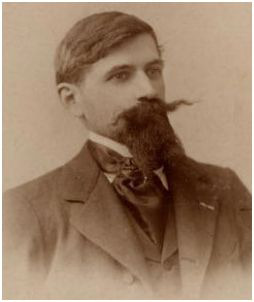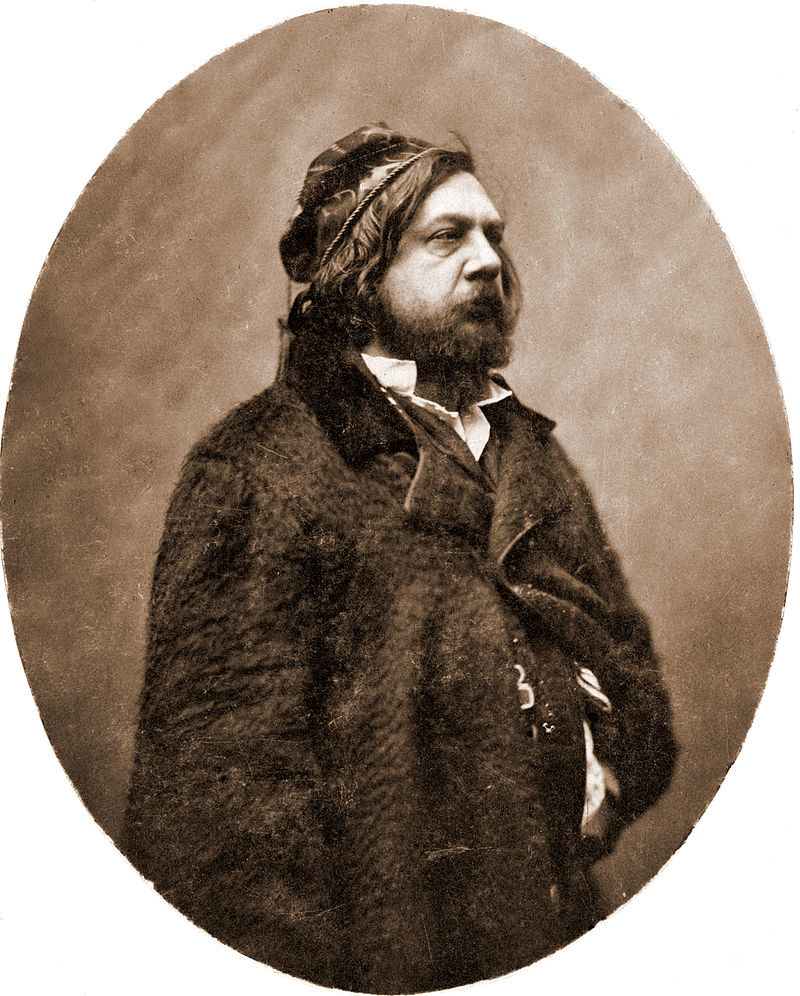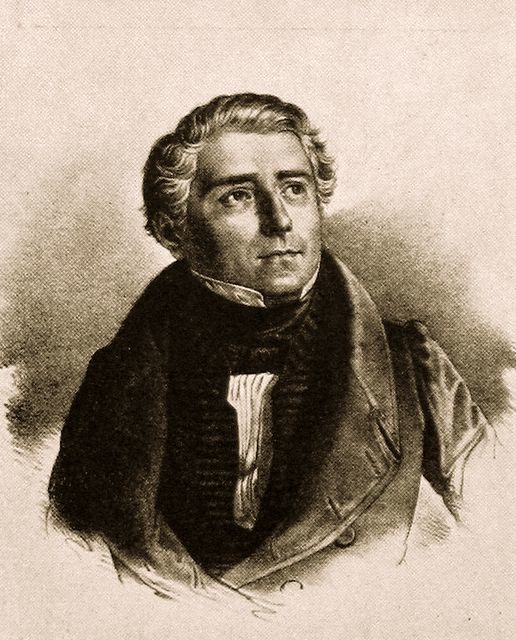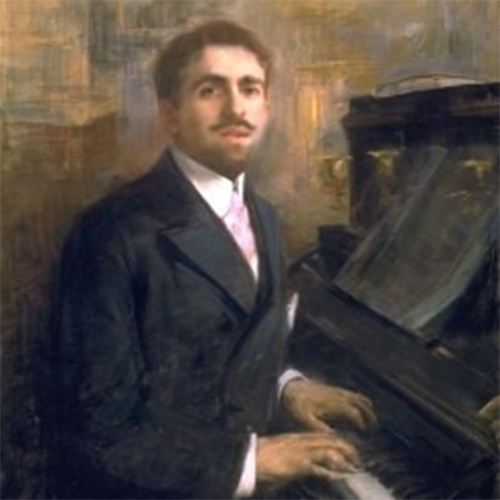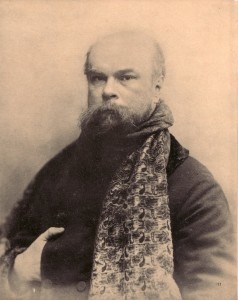
Paul Verlaine

La Camargo Dancing, by Nicolas Lancret, c.1730
This was one of 2 poems of Verlaine’s that Ravel set. The other, “Sur l’herbe” takes the form of a drunken conversation among a group of people seated on a lawn including an abbot, a marquis, Marie-Anne de Cupis de Camargo, a ballet dancer at the Paris Opéra, and other unnamed ladies and gentlemen.

Portrait of a Man, thought to be Clément Marot (attrib. to Corneille de Lyon)
Ravel also experimented with the poetry of Clément Marot (1496-1544). This Renaissance poet made his name at the French court of Francis I. He was frequently in trouble with the authorities and would write poems to the king or to Queen Marguerite to get himself released, eventually having to flee to Italy before returning to France in 1539. He died in Italy, having fled there again after an argument about translating the Bible into French.
Marot’s poetic style became known as ‘marotique,’ blending medieval forms with modern figuration. In the same way, Ravel sought to mix 15th century stylings with the 20th century ideals. In the first song, D’Anne qui me jecta de la neige (To Anne who threw snow at me), the poetry has the Petrarchan contrasts of snow / fire, cold / burning before finally turning the poem so that it is her kindness that will warm him. Ravel’s setting instantly thrusts us out into the cold but nicely warms by the end.
Ravel: 2 Epigrammes de Clément Marot: No. 1. D’Anne qui me jecta de la neige (Dietrich Fischer-Dieskau, baritone; Hartmut Höll, piano)
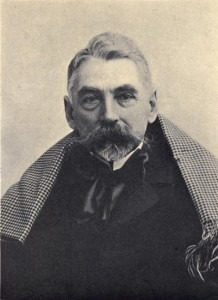
Portrait of Mallarmé, by Nadar, 1896
Ravel: Trois Poèmes de Stéphane Mallarmé: No. 3. Surgi de la croupe et du bond (Didier Henry, baritone; Patrice Kirchhoff, flute; Jacques Duhem, violin; Raymond Glatard, viola; Angeline Pondepeyre, piano)
The poetic settings of Ravel are particularly sensitive to the time and place of the poetry’s creation – he created a Renaissance/Modern setting perfect for the experimentation of Marot and then jumped ahead to the most modern of sounds in his setting of Mallarmé’s intricate poetry. He matched the free poetry of Renard and de Parny with settings that freed the poem in its musical setting from the constraints of form.

